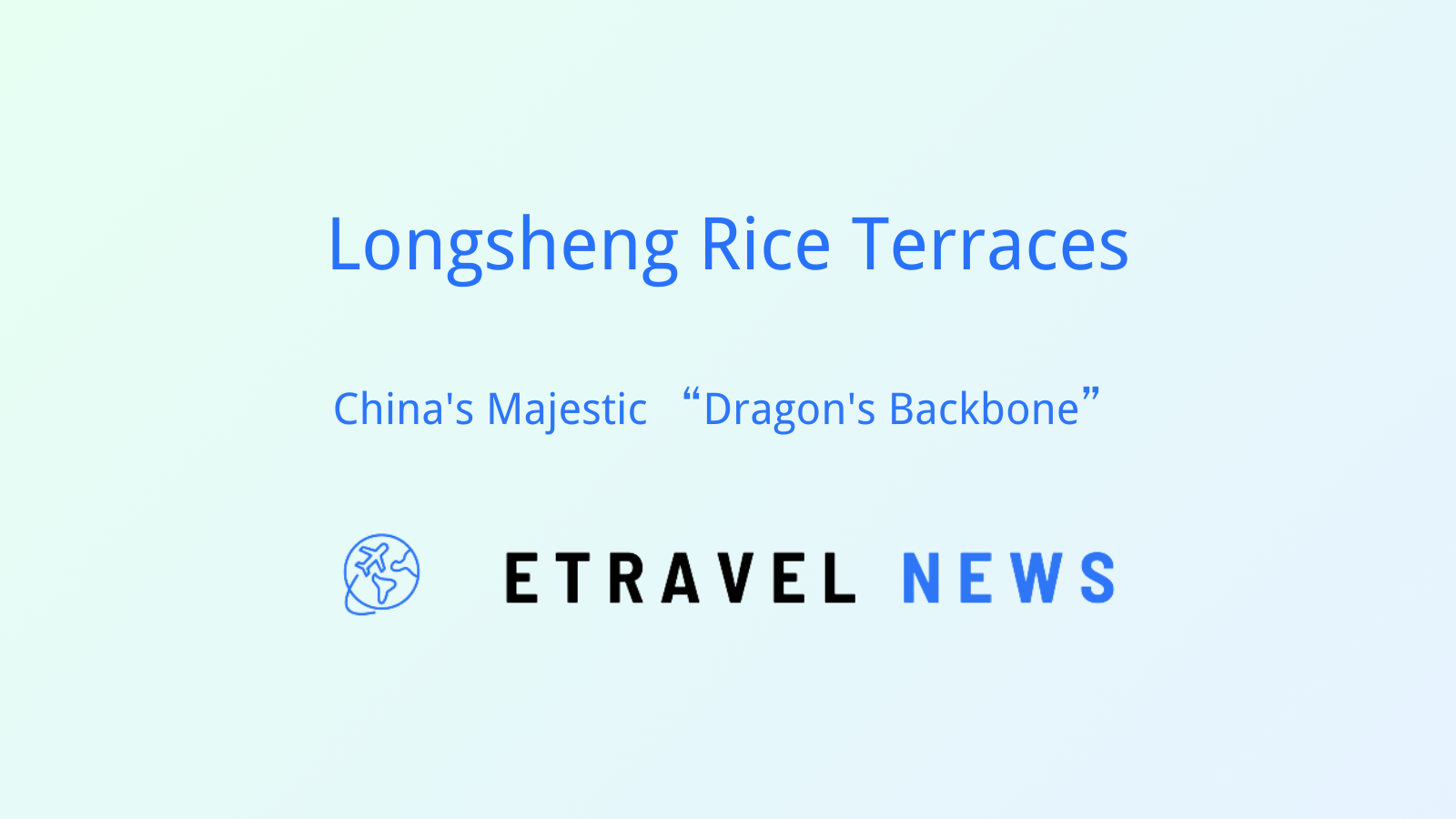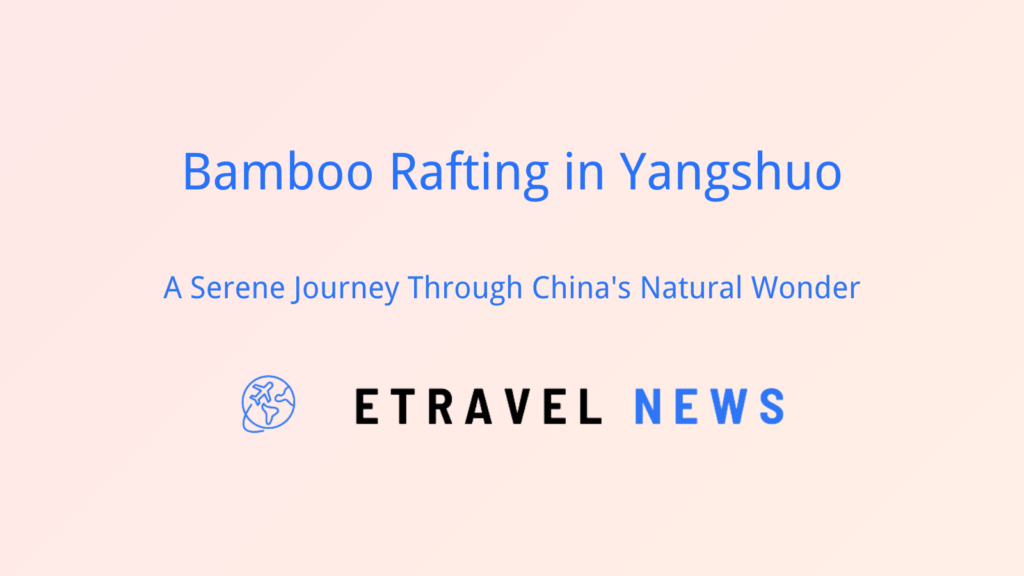Introduction to Longsheng Rice Terraces
Nestled in the mountains of Guangxi Province, the Longsheng Rice Terraces are a breathtaking testament to human ingenuity and nature’s beauty. Located about 100 kilometers northwest of Guilin, these terraces have been carved into the steep hillsides over centuries, creating a mesmerizing landscape that seems to defy gravity.
The history of these terraces dates back to the Yuan Dynasty (1271-1368), with continuous development through the Ming Dynasty (1368-1644) and Qing Dynasty (1644-1911). Local farmers ingeniously transformed the challenging terrain into productive agricultural land, creating a sustainable system that has endured for generations.
Nicknamed the “Dragon’s Backbone,” these terraces earned their moniker from their resemblance to a dragon’s scales when viewed from afar. The terraces’ undulating curves mirror the sinuous form of a dragon’s spine winding through the mountains. While not officially recognized as a UNESCO World Heritage Site, the Longsheng Rice Terraces are considered a national treasure and are protected for their cultural and historical significance.
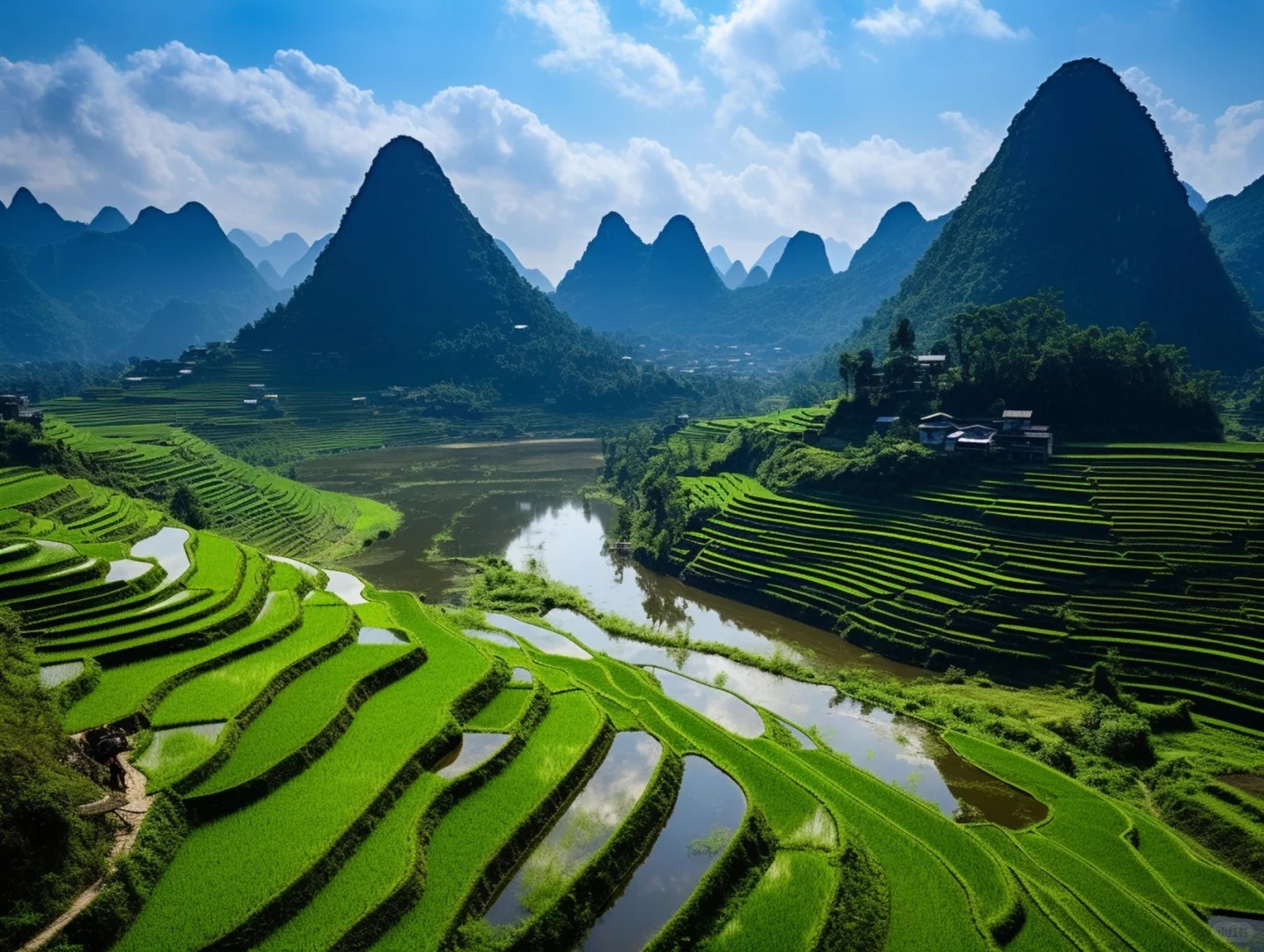
Landscape and Natural Beauty
The Longsheng Rice Terraces present a stunning panorama that changes with the seasons. In spring, the water-filled terraces reflect the sky, creating a mesmerizing mosaic of mirrors. Summer brings lush green growth, while autumn paints the landscape in golden hues as the rice ripens. Even winter offers its own charm with occasional snowfall turning the terraces into a serene white wonderland.
These terraces span an impressive altitude range from 300 to 1,100 meters above sea level, with some slopes reaching a staggering 50 degrees. This vertical range creates diverse microclimates, supporting a rich ecosystem of flora and fauna. Visitors might spot rare bird species or encounter the vibrant rhododendrons that bloom in the higher elevations.
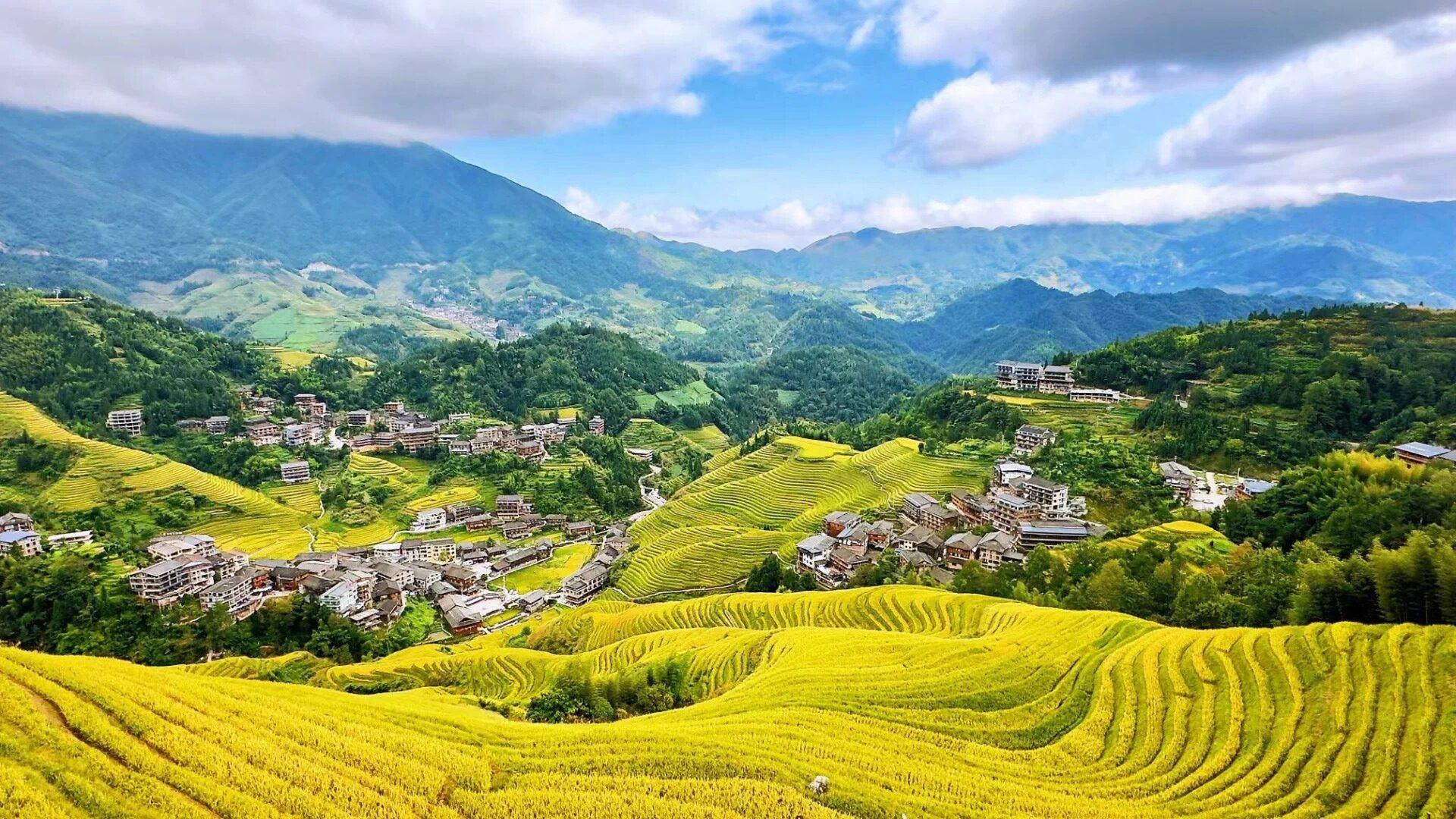
Cultural Significance
The Longsheng area is home to several ethnic minority groups, primarily the Zhuang and Yao people. These communities have cultivated the terraces for centuries, developing unique farming techniques perfectly adapted to the mountainous terrain. Their traditional methods, passed down through generations, demonstrate a profound understanding of the local ecosystem.
Rice cultivation shapes every aspect of local life, from daily routines to annual festivals. The Zhuang and Yao peoples celebrate harvests with colorful events featuring traditional music, dance, and cuisine. One notable festival is the Longji Rice Terraces Culture Festival, typically held in late September or early October, which showcases local customs and the golden terraces at their most spectacular.
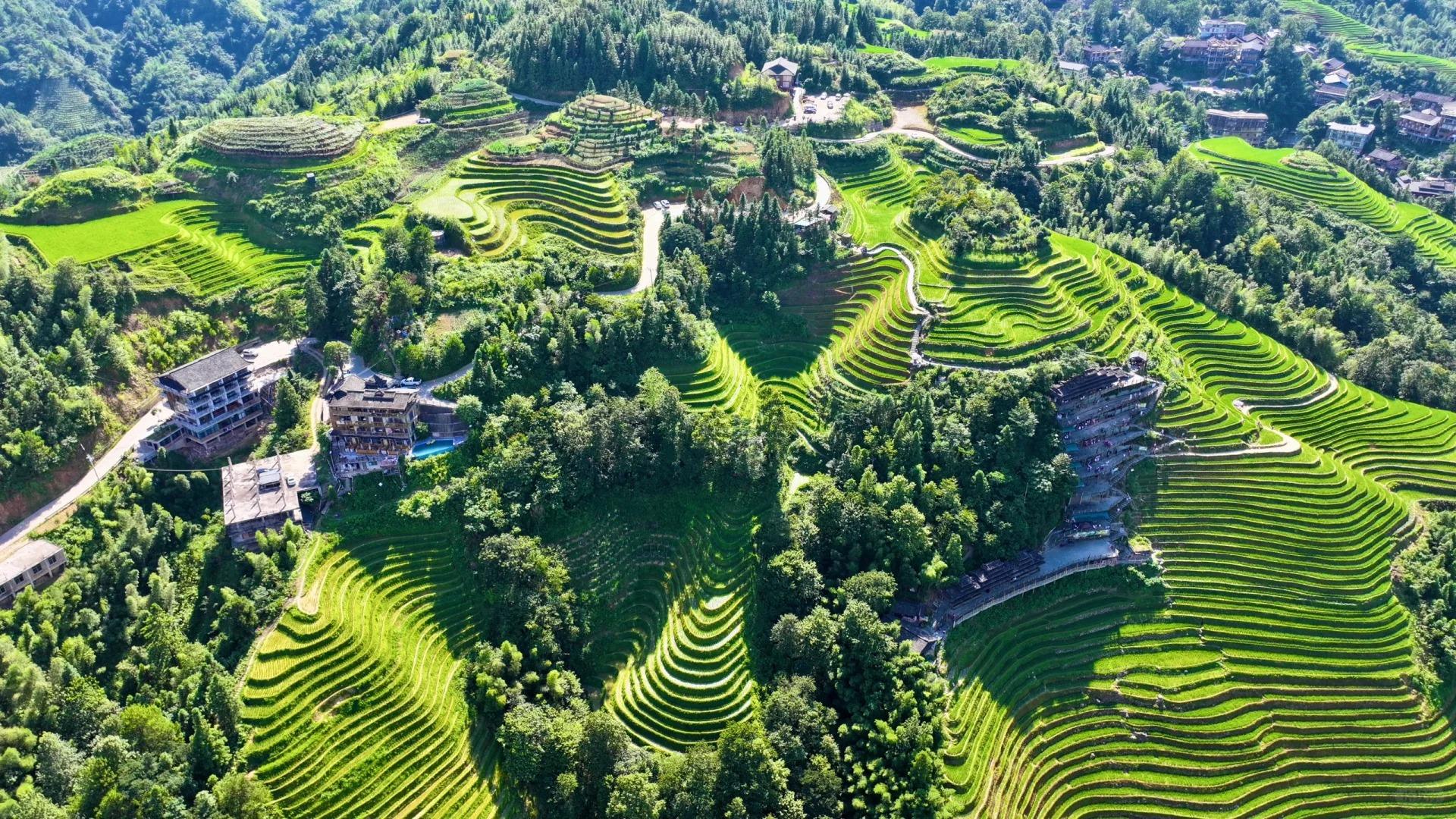
Top Viewing Areas and Attractions
- Ping’an Zhuang Village Area: Known for its easily accessible viewpoints and well-developed tourist facilities.
- Jinkeng Red Yao Village Area: Offers more dramatic views and is famous for the long-haired women of the Yao ethnic group.
- Ancient Zhuang Village: Provides insight into traditional architecture and lifestyle.
- Notable Viewpoints:
- “Nine Dragons and Five Tigers”: Resembles nine dragons and five tigers when mist settles between the terraces.
- “Seven Stars with Moon”: A cluster of seven small pools surrounded by terraces, reminiscent of the Big Dipper constellation.
| Viewing Area | Best For | Unique Feature |
|---|---|---|
| Ping’an | Easy access | Traditional Zhuang houses |
| Jinkeng | Dramatic views | Long-haired Yao women |
| Ancient Zhuang Village | Cultural immersion | Traditional architecture |
Activities and Experiences
Hiking is a popular activity, with trails ranging from easy walks to challenging treks. The most famous route connects Ping’an and Jinkeng villages, offering breathtaking views along the way. Photography enthusiasts will find endless opportunities to capture the changing light and seasons across the terraces.
For a truly immersive experience, consider a homestay with a local family. Many offer traditional meals and the chance to participate in daily activities. Some areas also feature cultural performances showcasing local music, dance, and costumes, providing insight into the rich cultural heritage of the region.
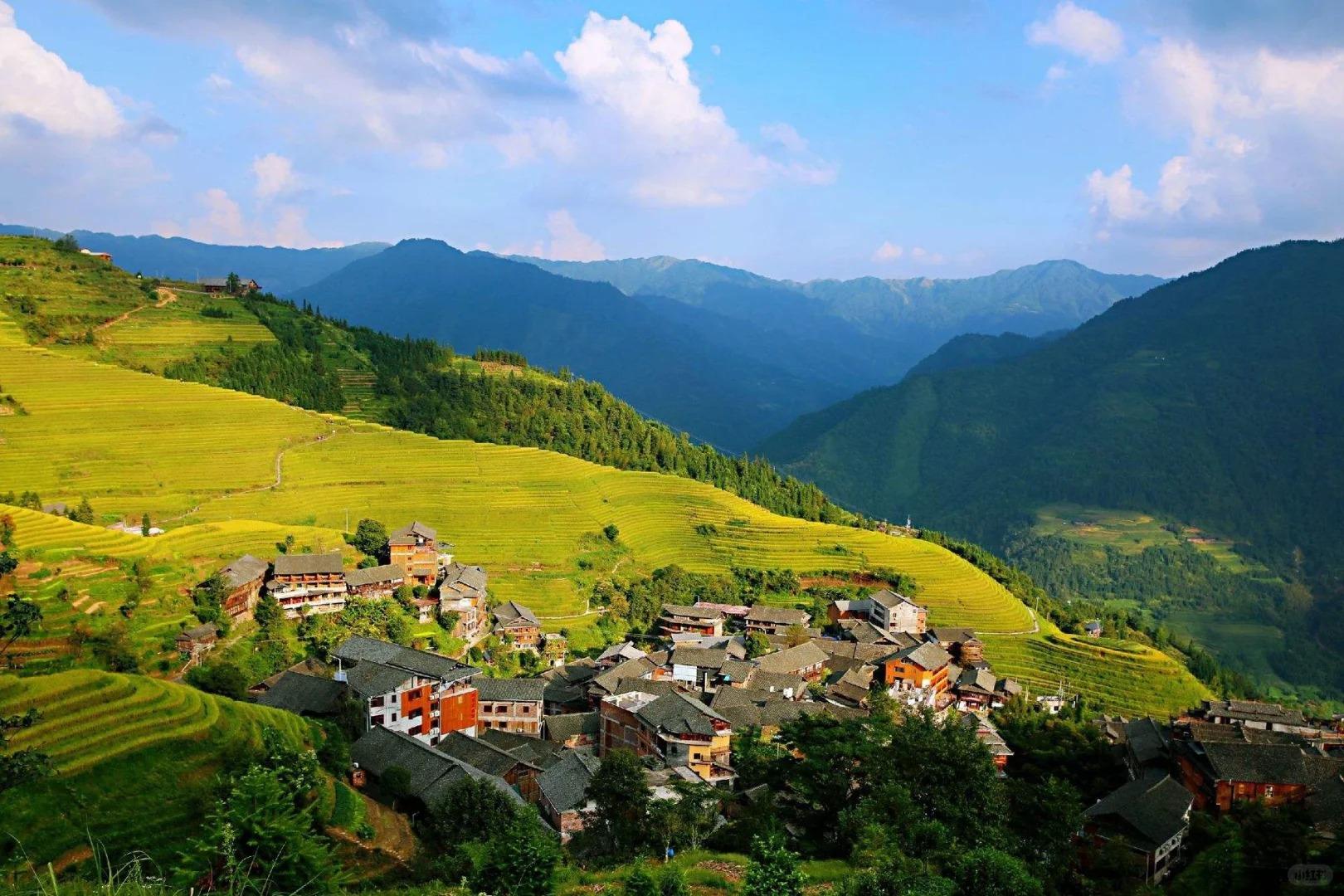
Practical Travel Information
To reach the Longsheng Rice Terraces, most visitors start from Guilin or Yangshuo. Regular buses run from Guilin to the main entrance of the scenic area, taking about 2-3 hours. From there, smaller vehicles transport visitors to specific villages.
The best times to visit are:
- Spring (April-June): For reflective water-filled terraces
- Autumn (September-October): For golden ripe rice views
Accommodation options range from basic guesthouses to more comfortable hotels, many offering stunning terrace views. Entrance fees to the scenic area vary depending on the specific site and season, typically ranging from 50-100 RMB. Guided tours are available and recommended for first-time visitors to navigate the vast area and learn about local culture.
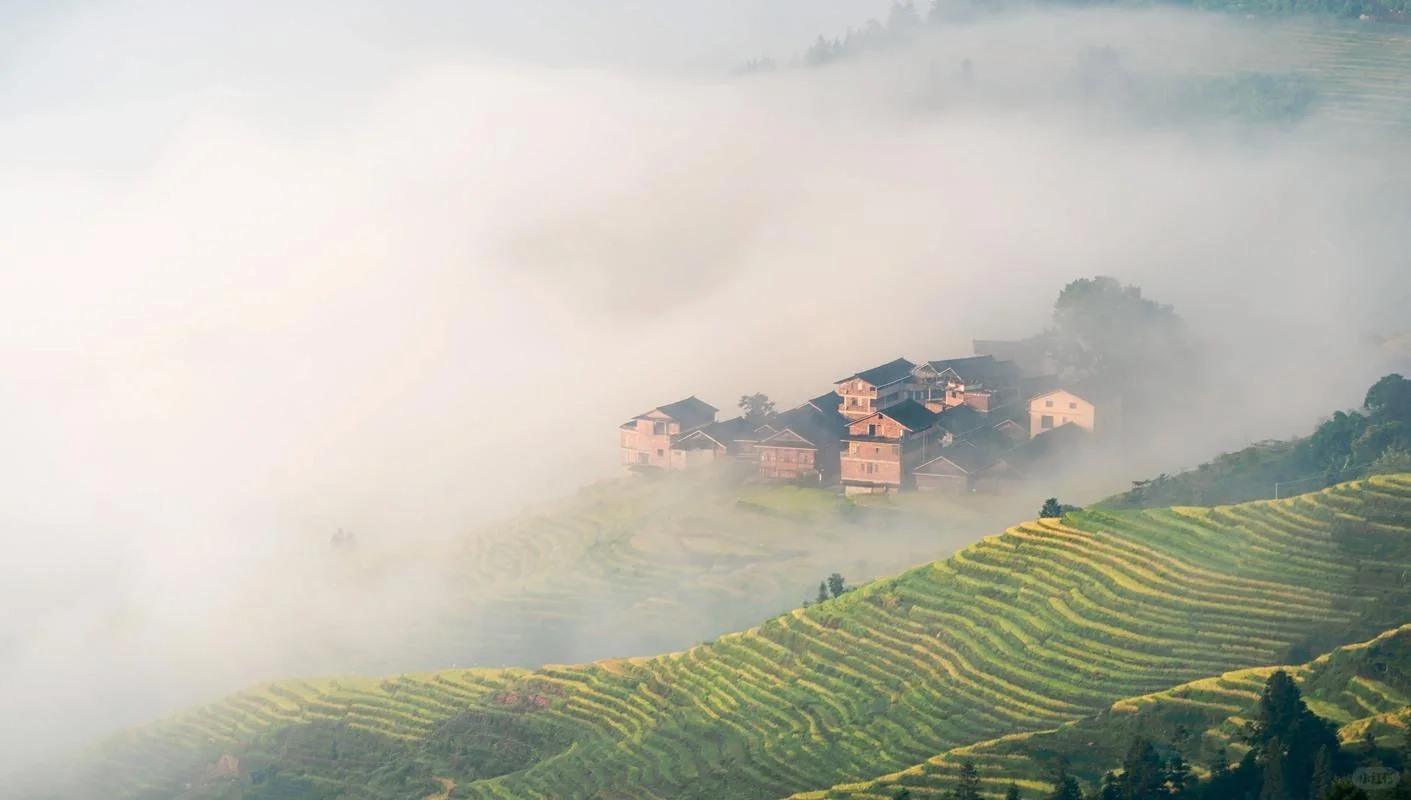
Responsible Tourism and Preservation
Preserving the Longsheng Rice Terraces involves maintaining traditional farming methods while adapting to modern challenges. Local authorities work to balance tourism development with conservation efforts, implementing measures to protect the terraces’ integrity and the local communities’ way of life.
Visitors can contribute to preservation efforts by:
- Respecting local customs and asking permission before photographing people
- Staying on designated paths to prevent erosion
- Supporting local businesses and handicrafts
- Being mindful of water usage, as the terraces rely on a delicate water management system
As climate change and modernization pose new challenges, ongoing initiatives focus on sustainable tourism practices and supporting local communities in maintaining their traditional lifestyles while benefiting from tourism.
The Longsheng Rice Terraces stand as a testament to the harmonious relationship between humans and nature. By visiting responsibly, travelers can help ensure that this magnificent landscape and the rich cultures it supports continue to thrive for generations to come.


